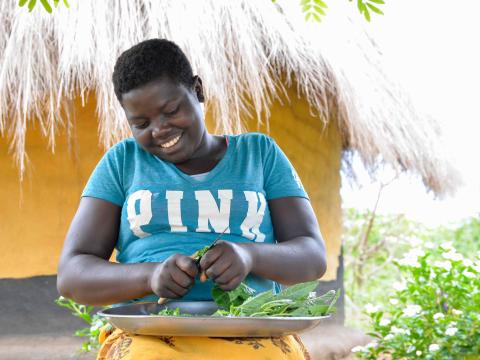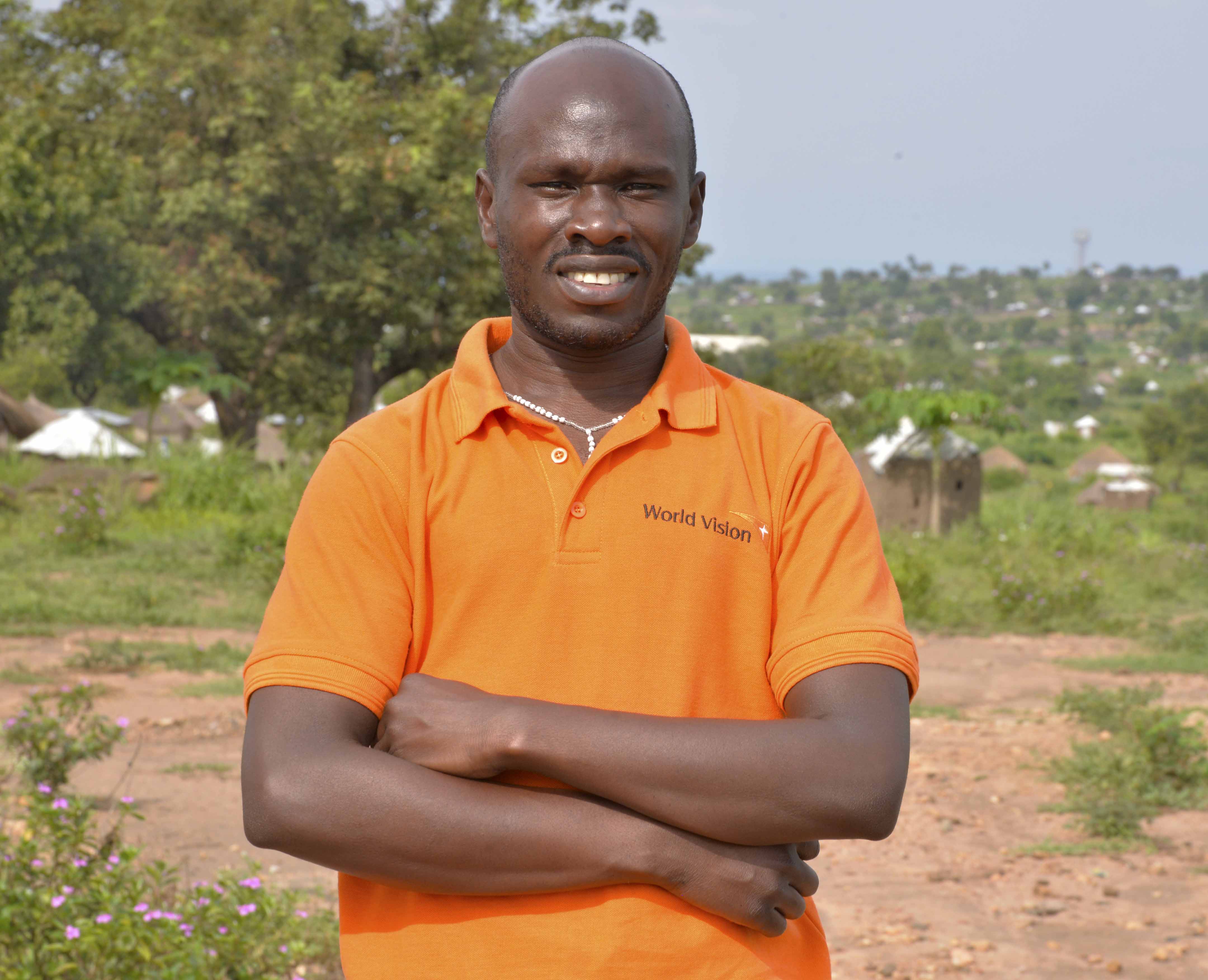Climate change, conflict, and COVID-19: Fighting hunger on top of a triple-crisis

While the fight to address world hunger has come a long way, we are still facing a crisis—one that has been exacerbated by climate change, conflict, and COVID-19. For the second successive year, Uganda marked World Food Day in October whilst fighting the pandemic.
In 2020, 811 million people went hungry; a 25% increase from 2019, and greater than the total increase over the past five years. Food insecurity is a leading cause of wasting, making up 45% of preventable deaths for children under five. Children who suffer from wasting are 11 times more likely to die than well-nourished children.
Hunger increased in all regions across the world. Asia has the largest total number of people affected by hunger, but Africa has the highest percentage. By 2030, projections are that 656.8 million people will be hungry. This is six percent higher than the number of people affected by hunger in 2015; the year that 193 governments committed to zero hunger in the context of the 2030 Agenda on Sustainable Development in 2015.
'Our actions are our future' was the theme of this year’s World Food Day. Better production, better nutrition, and a better environment –all aimed at better lives– call us to transform the way the world produces and consumes food, with an aim to get back on track to achieving the Sustainable Development Goals (SDGs).
World Vision is determined to make a difference. We have boots on the ground, mobilising locally to create the biggest impact. Last year alone, we ran 365 projects in 29 countries providing assistance to 12 million people, 58% of which were children. Our work has helped to feed 684,000 children under five, and 173,000 pregnant women. A tremendous 89% of the severely malnourished children we help make a full recovery.
In the West Nile region of Uganda, World Vision has set out to transform production systems to sustainable agriculture, with a special focus on increasing income and nutrition to address poverty, protect and conserve the environment, and ensure better lives for refugees and their hosting communities. Food production will increase through activities like providing improved early maturing crops to farmers, which are resilient to pests, diseases, and drought.
We have also established demonstration sites for farmer groups that serve as multiplication and learning centres for transfer of technologies such as improved seeds, fertilisers and pesticides, and practices such as field layout and design, timely planting, weed management, soil and water conservation, pests and disease management, agro-forestry and general agronomy. Our goal: to increase production and subsequently income to reduce pressure on degradation of natural resources and supporting communities to diversify their income through off-farm business ventures and vocational skills development.
Every person has a duty to cooperate with stakeholders to increase productivity by farmers, access to markets and market information, and access to credit and financial services. Our actions are critical not only because they prevent people from going hungry in the short run, but also stimulate production and provide greater income stability in the long term, thus reducing food insecurity and poverty.
---

Noel Anzo Alabi is the Emergency Resilience and Livelihoods Specialist for our Uganda Refugee Response